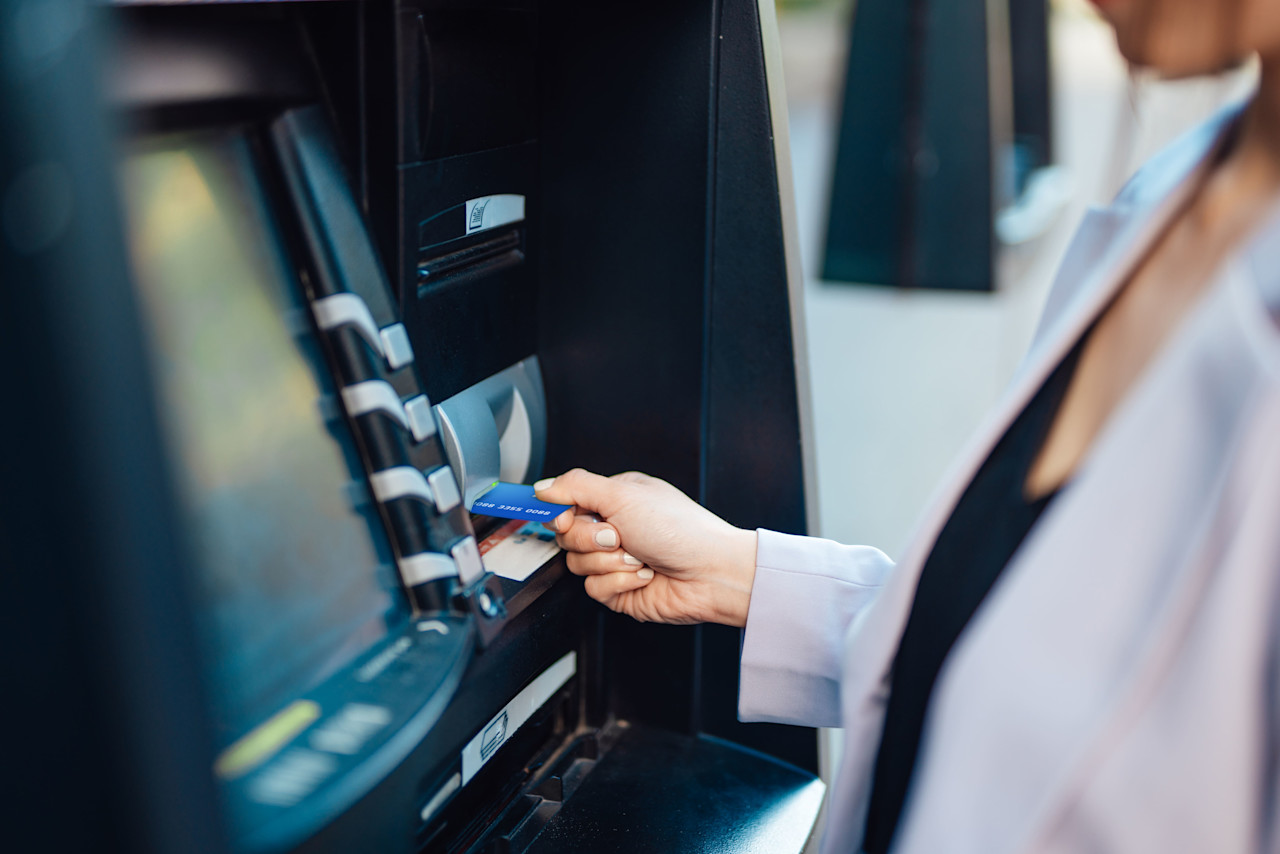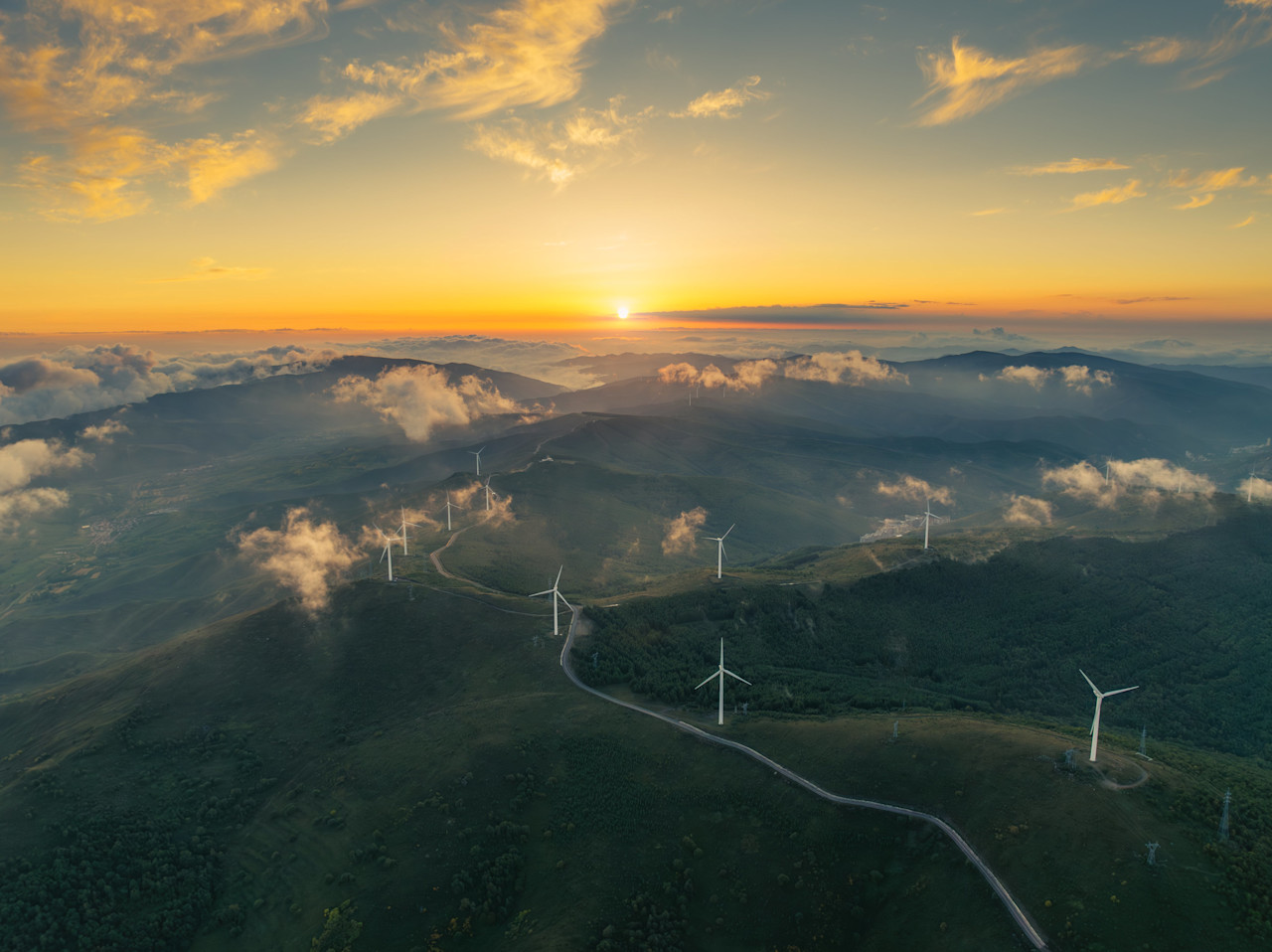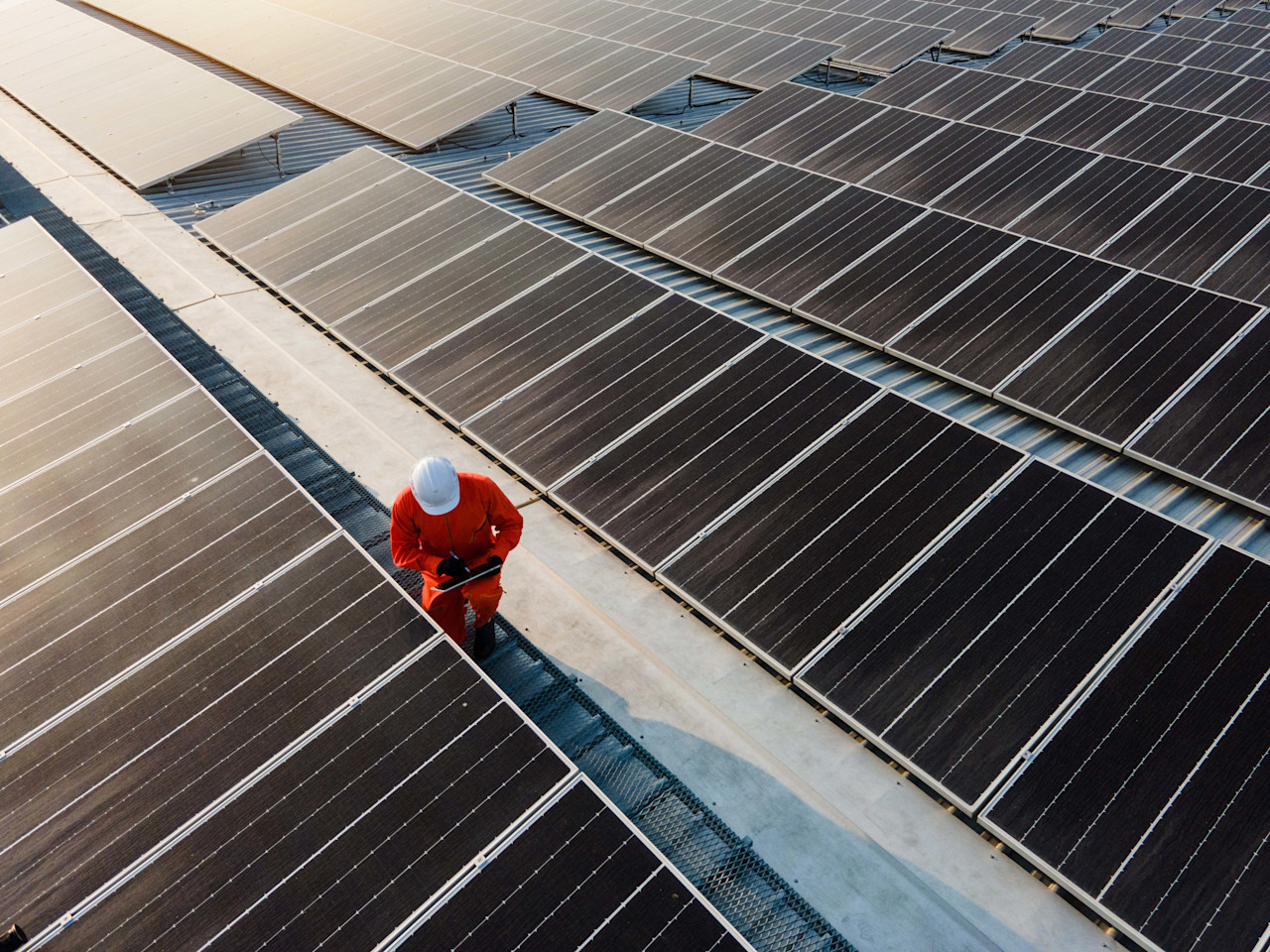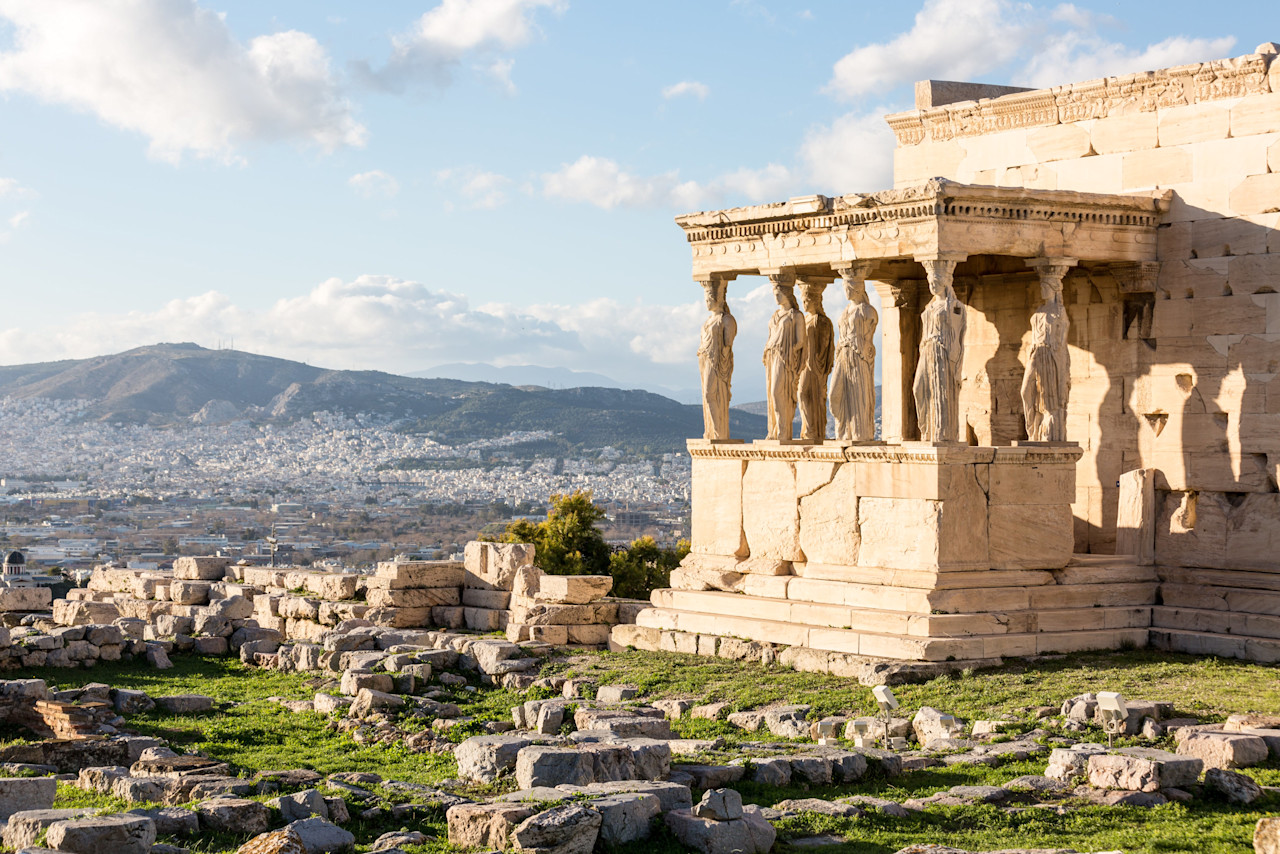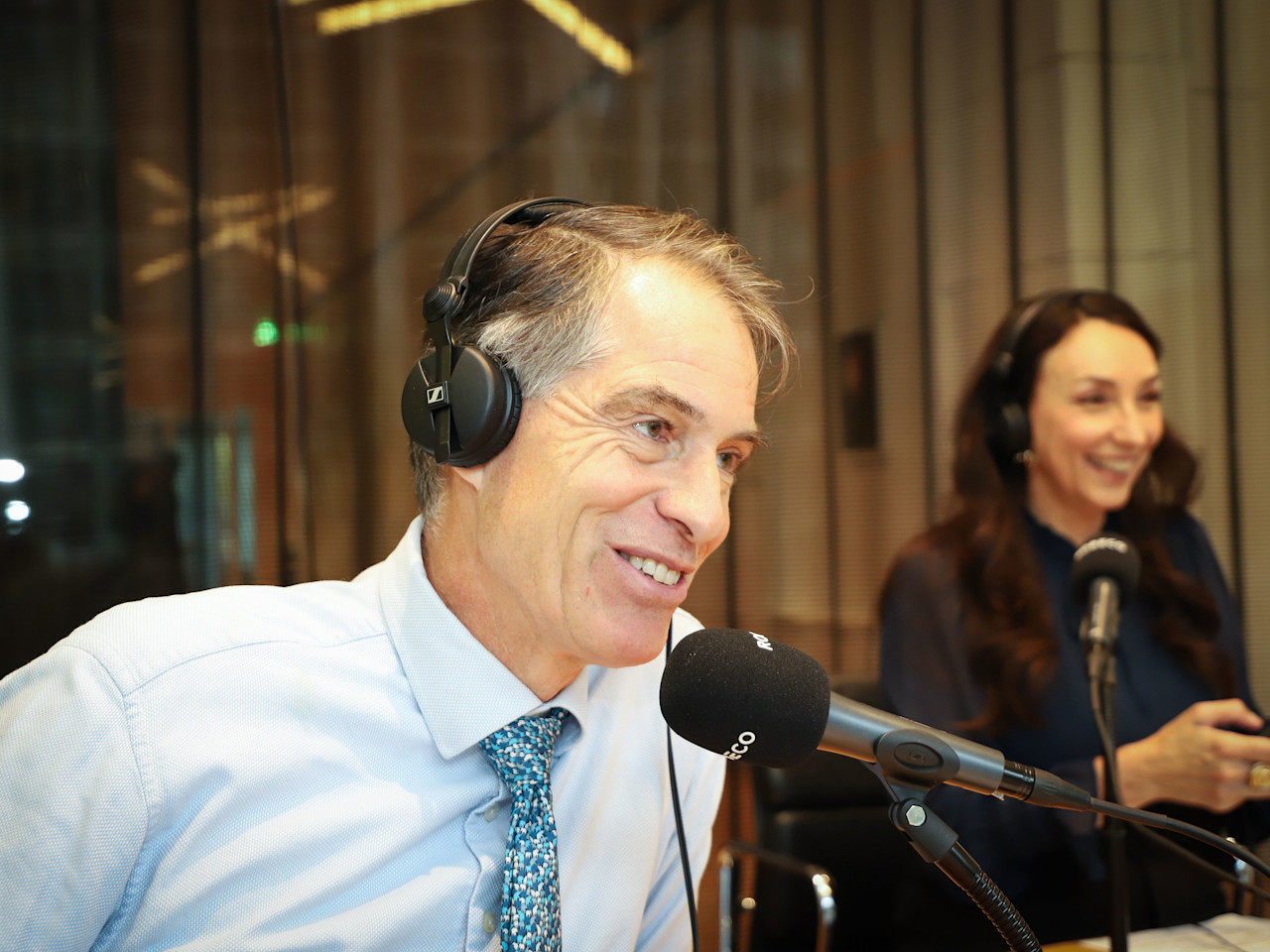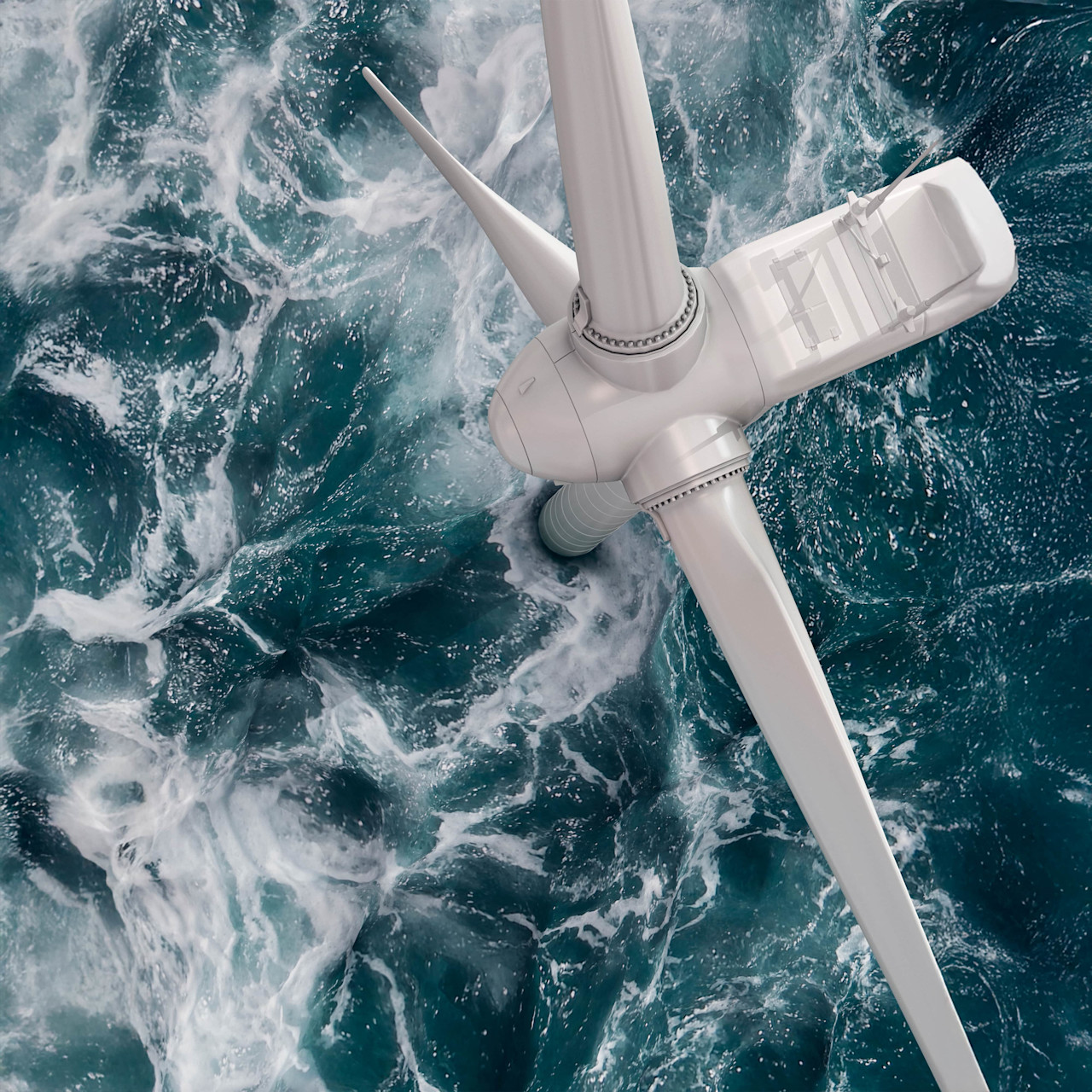We do not guarantee the accuracy of this transcript.
Voice: This podcast is for professional investors only.
Berit Gehring (BG): Hello and welcome to part three of this series of short podcast episodes about the circular economy. My name is Berit Gehring and my guest once more is Natalie Falkman, our senior portfolio manager for the Circular Economy Equity Strategy. In part one of the podcast series. We had talked about why we need a circular economy and what it actually means in part two. We then spoke about how to invest in the circular economy. Today I want to focus on why we should invest in the circular economy and whether or why it is an attractive investment theme. So, Natalie, thanks for being here once more.
Natalie Falkman (NF): Thank you. It's great to be here again.
BG: Let's start off right away. When I hear themes or thematic investing, I immediately think about growth. Is that also the case for the circular economy theme.
NF: And the transition to a circular economy is a structurally growing area, so companies that support this transition will in general grow faster than the underlying economy, the global GDP. In addition, as investment theme, circular economy is naturally underweight sectors that many investors usually define as value. For example, energy, commodities, financial area. However, I do not really look at the theme from the value versus growth factor perspective. For me, value investing really means investing in attractively valued stocks. Not overpaying for a company I believe is as important in generating long-term attractive returns as selecting fundamentally sound and good business.
BG: All right. And you said its growth theme is growing stronger than the underlying or broader market. Global GDP. What's driving the growth in the circular economy theme?
NF: The transition to a circular economy supported by a number of strong growth factors. And I can give you a couple of examples. New regulations is one very important driver, and it could be local regulations, it can be regional, but the direction is very clear. Companies, consumers and also governments themselves are forced to implement more sustainable production and consumption practices and methods. Impact on the real economy can also actually come from the financial sector, steering financial resources and flows towards more sustainable investment areas. The European Taxonomy is one such large regulatory framework that I believe will have a great positive impact on sustainable investments. Another driver that supports the transition to a circular economy is of course the technological development. Better and better technologies make it possible for us to continuously improve our resource efficiency.
BG: How about consumers? I hear from more and more people that really many are now trying to also shop more responsibly.
NF: I agree, and actually I recognize myself in that. So changing consumer preferences is a very important, positive driver. Today, consumers more and more require products with cleaner labels and also with a lower environmental footprint. And I would also like to add another driver that has an unintentional benefit, I would say, for the transition to a circular economy, and that is the constrained supply chains and also inflation that lead to rising input costs. And what that means is that equipment owners today rather rip and refurbish their equipment and their physical assets instead of buying new ones. And maybe they'd rather rent and lease than buy and own. So altogether, this means that companies that enable the transition to circular economy will grow faster in general than the underlying economy itself.
BG: Nataly I'm curious, before you joined Robeco in early 2022, you were running a global equity strategy, right? And now I'm wondering how has this kind of helped or prepared you for managing a circular economy focused thematic strategy?
NF: So global funds, they are broad and flexible by design. A global fund in most cases actually have a toolbox to perform well relatively to the market, both in good times and in more challenging times. Circular economy, since it refers to a broad economic model, is also quite broad and flexible. So a circular economy investment mandate allows us to look for fundamentally attractive companies in different sectors and different geographies. It also gives the flexibility to position the strategy depending on, for example, market visibility and market transparency. I also believe that in today's global world, portfolio managers of any mandate or strategy need to understand global value chains rather than being an expert in a specific sector or for a separate geography. So the fact that I have managed a global fund before, I believe provides me with a very relevant experience for now managing the circular economy strategy at Robeco.
BG: All right. Thank you for these insights. I think what I take away from today is that circular economy is an attractive investment theme with growth driven by regulation, by technological progress, as well as changing consumer preferences. But also there's current and maybe unintentional drivers such as inflation and the supply chain constraints.
Thank you for listening. This is the last part of our Circular Economy podcast series. You will find all three parts on our website. And, of course, if you have more questions, simply reach out to us at Robeco.
Voice: Important information. This publication is intended for professional investors. The podcast was brought to you by Robeco and in the US by Robeco Institutional Asset Management, US Inc, a Delaware corporation as well as an investment advisor registered with the US Securities and Exchange Commission. Robeco Institutional Asset Management. US is a wholly owned subsidiary of Orix Corporation Europe, N.V., a Dutch investment management firm located in Rotterdam, the Netherlands. Robeco Institutional Asset Management BV has a licence as manager of UCITS and Aifs for the Netherlands Authority for the financial markets in Amsterdam.










